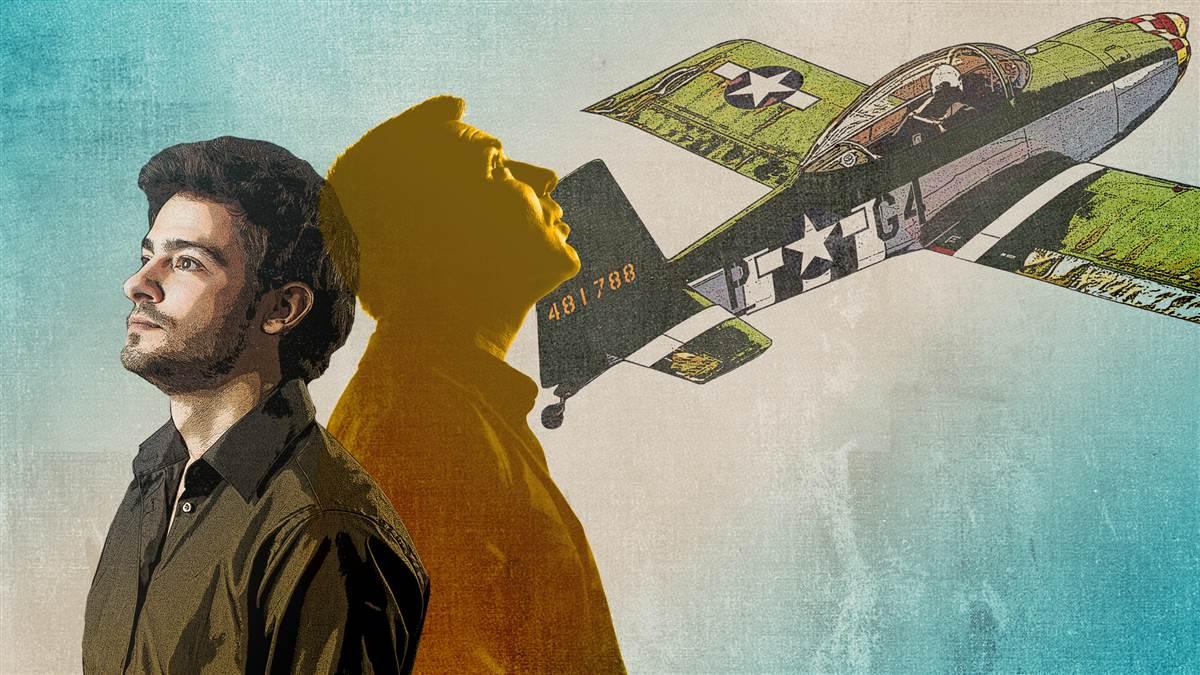Musings: Back in the game
Returning to the left seat after 25 years
By Pat O’Brien
How does a pilot take 25 years off?

My love of aviation and interest in math and science as a teenager led to the recommendation to become an aeronautical engineer. After a degree from Ohio State University and a private pilot certificate along the way, a flight test job was the goal. The Navy offered a job with a bonus of flying in jets as well. Patuxent River in Maryland was the home of the Naval Air Test Center and flight-testing aircraft on aircraft carrier catapults and arrested landing systems. Flights in F–4, A–6, A–7, but mostly F–14s, was a thrill never to be forgotten.
My pilot training continued with a commercial rating and instrument ticket. This led to a flying job selling RNAV equipment for general aviation and military aircraft. Flying around the country was a thrill at first, but after two years of constant travel I began looking for a job that would let me be home more for the first of two children that would come.
An ad in the local paper for a marketing position with a technical background at General Electric was a perfect fit. The industrial diamond business was so secretive then, that GE purposely didn’t even use its name. But it was a worldwide business with very capable people and a fascinating industry. A decade later with a chance to start my own business in the same field, I left for this new challenge. Raising a family and a business start-up just didn’t leave time for flying.
Twenty-five years later a past president of an association I managed, who attended the Reno Air Races with a group from Hayward, California, offered me an invite to Reno. Attending as a courtesy business relationship, I never anticipated my trip to be more than a one-time visit. One year of Reno turned into two, three, and more until my friend said, “Pat, you have to start flying again!”
As farfetched as it sounded at the time, the idea spurred me to visit a local flight school for a checkout in a Cessna 172. Quickly I was back in the flying game and had made the decision to not relearn steam gauges but go directly to glass panels. The seed had been planted and was growing rapidly.
The first challenge was age. Being over 60, I personally thought I was just too old to start flying again. Before I visited the flying school, I called up a Beechcraft dealer at Tampa International Airport like I was interested in purchasing a Bonanza (ha ha). The salesman would not take no to his offer of a demo ride (he probably just wanted to fly). Before the flight I explained my length of time away from the left seat. But at the end of the flight he said I did pretty good, so that really made me think flying again was possible.
If I was going to fly again I decided that I had to go the glass route. Glad I did, even if at first I made liberal use of the “Direct To” button on the Garmin G1000. The flight school instructor recommended that I just have maintenance hook up external power to the airplane to gain familiarity with the G1000. That helped a lot.
The third major challenge was the FAA regs. When I first started going through the regs with an instructor it was overwhelming, and I thought maybe flying wasn’t in my future. But rather than look at the overwhelming task, I just broke it up into smaller chunks and tackled one after another, day in and day out.
Another interesting fact, although not really a challenge, was that in obtaining new ratings I wasn’t the typical student who had quickly come up through the ranks. My first effort at MEL was with a major flight school and I was assigned a very young instructor. The flying portion was fine but all the ground school knowledge, that a young student would have recently learned, wasn’t in my brain. Not knowing any better he assumed that I was like the rest of the young students. I finished up the MEL with an older instructor at another flight school and he understood the situation and made it all work. It was so much easier.
Once back in the flying game, I wasn’t content to just fly but wanted to upgrade my skills. That led to a tailwheel endorsement, seaplane rating, aerobatic training, and now, a focus on the next challenges including formation flying and aerobatic competition. The 172 was upgraded to renting a Cessna 182 and then, of course, I had to look at purchasing my own airplane. Since I had many hours in a Mooney M20J, I looked at that airplane as well as Bonanza, Cirrus, and Columbia models. Found a gem of a 2008 Cessna Columbia 400 and have accumulated nearly 1,000 hours. I also recently purchased an RV–8 for formation training and light aerobatics.
So, I jumped back into the aviation game in my 60s. Had the chance occurrence to talk with an aviation buff I met at the Reno Air Races. He was over 60 and always wanted to fly. I relayed my story and encouraged him to give it a shot. I sure hope he did!
My life changed totally after returning to aviation. So, if you haven’t flown in a while, at least consider giving it a try. I think you will enjoy the challenge and fun that taking to the skies can bring to those who have “slipped the surly bonds of Earth."
Pat O'Brien is a 2,600-plus-hour pilot who owns a Columbia 400 and Van's RV–8.


